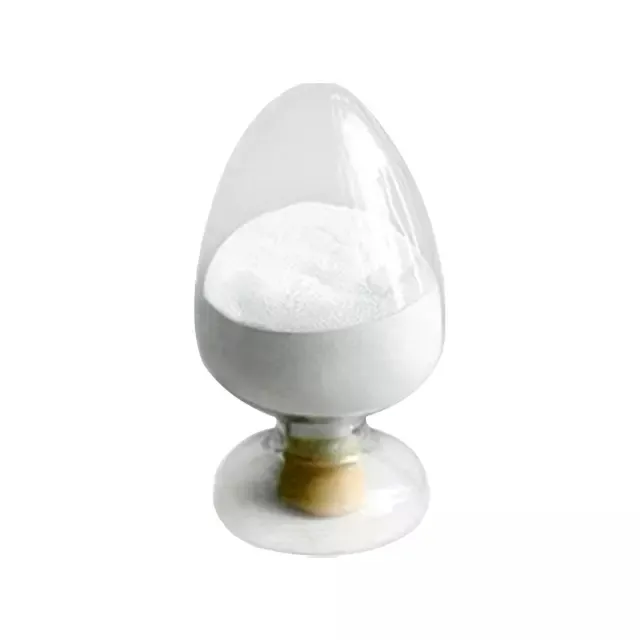Warning: Undefined array key "file" in /home/www/wwwroot/HTML/www.exportstart.com/wp-content/themes/1198/header.php on line 7
Warning: Undefined array key "title" in /home/www/wwwroot/HTML/www.exportstart.com/wp-content/themes/1198/header.php on line 7
Warning: Undefined array key "title" in /home/www/wwwroot/HTML/www.exportstart.com/wp-content/themes/1198/header.php on line 7
- Afrikaans
- Albanian
- Amharic
- Arabic
- Armenian
- Azerbaijani
- Basque
- Belarusian
- Bengali
- Bosnian
- Bulgarian
- Catalan
- Cebuano
- China
- China (Taiwan)
- Corsican
- Croatian
- Czech
- Danish
- Dutch
- English
- Esperanto
- Estonian
- Finnish
- French
- Frisian
- Galician
- Georgian
- German
- Greek
- Gujarati
- Haitian Creole
- hausa
- hawaiian
- Hebrew
- Hindi
- Miao
- Hungarian
- Icelandic
- igbo
- Indonesian
- irish
- Italian
- Japanese
- Javanese
- Kannada
- kazakh
- Khmer
- Rwandese
- Korean
- Kurdish
- Kyrgyz
- Lao
- Latin
- Latvian
- Lithuanian
- Luxembourgish
- Macedonian
- Malgashi
- Malay
- Malayalam
- Maltese
- Maori
- Marathi
- Mongolian
- Myanmar
- Nepali
- Norwegian
- Norwegian
- Occitan
- Pashto
- Persian
- Polish
- Portuguese
- Punjabi
- Romanian
- Russian
- Samoan
- Scottish Gaelic
- Serbian
- Sesotho
- Shona
- Sindhi
- Sinhala
- Slovak
- Slovenian
- Somali
- Spanish
- Sundanese
- Swahili
- Swedish
- Tagalog
- Tajik
- Tamil
- Tatar
- Telugu
- Thai
- Turkish
- Turkmen
- Ukrainian
- Urdu
- Uighur
- Uzbek
- Vietnamese
- Welsh
- Bantu
- Yiddish
- Yoruba
- Zulu
srp . 29, 2024 07:20 Back to list
Exploring the Health Effects and Controversies Surrounding Aspartame Use in Food Products
Aspartame An Overview
Aspartame, a low-calorie artificial sweetener, has been a topic of considerable debate and discussion since its discovery in the 1960s. It is approximately 200 times sweeter than sucrose (table sugar) and is widely used in a variety of food and beverage products, particularly those marketed towards health-conscious consumers. The unique properties of aspartame, along with its extensive history, make it an interesting subject of study.
Composition and Functionality
Chemically, aspartame is a methyl ester of the dipeptide composed of two amino acids aspartic acid and phenylalanine. When consumed, aspartame is broken down into its constituent amino acids and methanol, which are naturally occurring in many foods. This means that while aspartame is a synthetic ingredient, the body metabolizes it similarly to other natural compounds. Its primary function is to provide sweetness with minimal caloric intake, making it an attractive option for those looking to reduce sugar consumption.
Applications in Food and Beverage
Aspartame is commonly found in a range of products, including diet sodas, sugar-free gum, yogurt, and various low-calorie snacks. The sweetener has become a staple in the food industry for its ability to enhance flavor without adding significant calories. This functionality supports efforts to combat obesity and related health issues by offering a satisfying sweet taste without the high caloric load typically associated with sugar.
aspartame ppt

Safety and Regulatory Approval
The safety of aspartame has been a focal point of ongoing research and regulatory scrutiny. Organizations such as the U.S. Food and Drug Administration (FDA), the European Food Safety Authority (EFSA), and the World Health Organization (WHO) have repeatedly affirmed its safety for human consumption. The acceptable daily intake (ADI) established by the FDA is set at 50 mg per kilogram of body weight, a figure considered to be conservative and safe for the general populace.
However, controversy remains, primarily due to studies that have suggested potential links between aspartame and various health issues, including headaches, allergic reactions, and even more severe conditions such as cancer. It’s important to note that many of these claims stem from anecdotal reports and studies with methodological limitations. As a result, mainstream medical opinions continue to support the safety of aspartame for healthy individuals.
Conclusion
In conclusion, aspartame represents a significant advancement in the realm of food science, providing people with a sweetening option that helps reduce caloric intake without sacrificing taste. Its wide acceptance and use in various food products reflect the ongoing demand for healthier alternatives in today’s society. Ongoing research and monitoring will continue to ensure that aspartame remains a safe choice for consumers. As individuals assess their dietary options, understanding the science and history behind aspartame can equip them with the knowledge to make informed decisions about their health and nutrition. While moderation is always key, aspartame has proven to be a valuable tool in the fight against excess sugar consumption and obesity.
Latest news
-
O-Vanillin: A rising star in the flavors and fragrances industry
NewsMay.23,2025
-
2025 Brazil Sao Paulo Cosmetics Exhibition
NewsMay.20,2025
-
2025 European Fine Chemicals Exhibition in Germany
NewsMay.13,2025
-
2025 New York Cosmetics Ingredients Exhibition
NewsMay.07,2025
-
Zibo will host the 2025 International Chemical Expo
NewsApr.27,2025
-
2025 Yokohama Cosmetics Raw Materials and Technology Exhibition
NewsApr.22,2025

